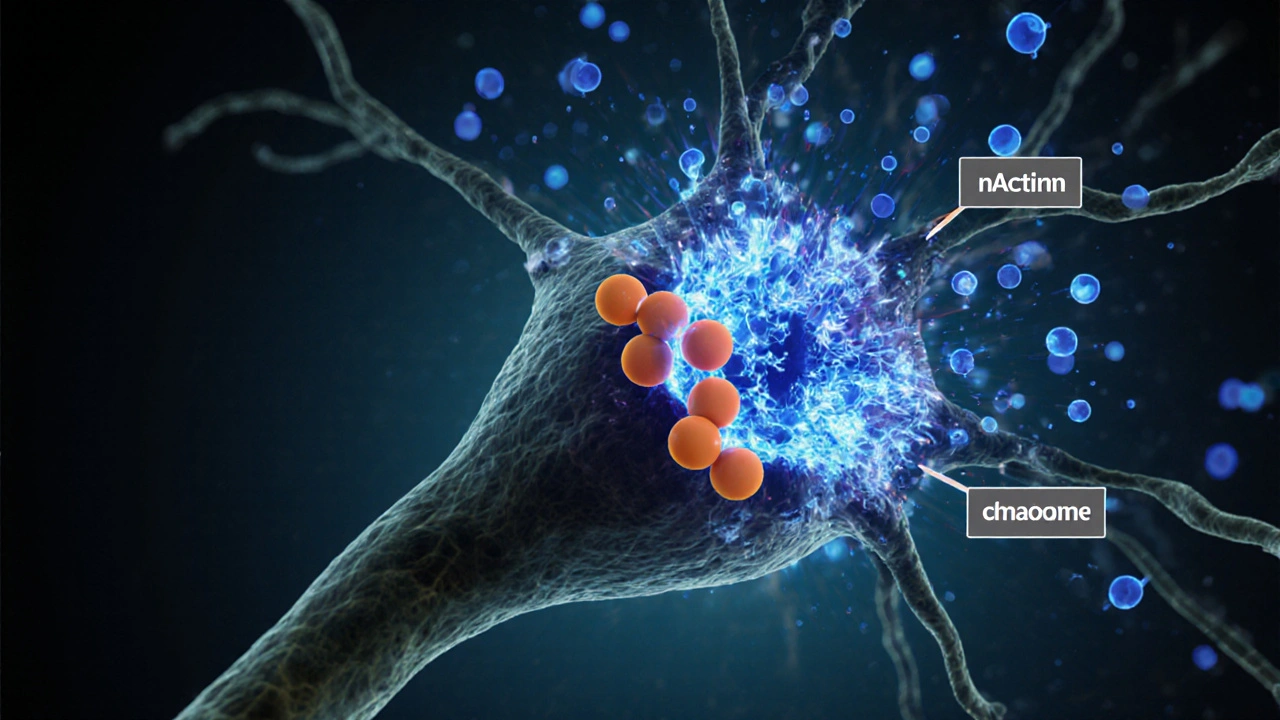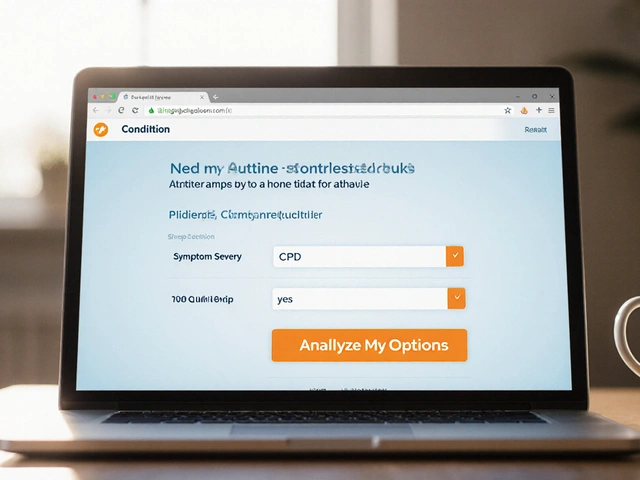Neurobiology of Smoking
When diving into neurobiology of smoking, the study of how tobacco chemicals interact with brain circuits that control reward, stress, and habit formation. Also known as brain science of tobacco use, it reveals why a single puff can feel so satisfying and why quitting feels like battling a hidden enemy inside your head.
At the heart of this field lies nicotine addiction, a compulsive drive fueled by repeated exposure to nicotine that reshapes neural pathways
Another core player is the dopamine reward system, the brain's pleasure circuitry that releases dopamine when we experience something rewarding. Nicotine hijacks this system, prompting a burst of dopamine that feels like a quick high. Over time, the brain learns to expect that hit, and cravings become a built‑in survival signal.
Key to the whole process are the nicotinic acetylcholine receptors, protein doors on neurons that open when nicotine binds, allowing ion flow that triggers dopamine release. These receptors aren't static; they up‑regulate, become more sensitive, and even change their distribution across brain regions as smoking continues.
How These Pieces Fit Together
The neurobiology of smoking encompasses a chain of events: nicotine enters the lungs, travels to the brain, binds to nicotinic receptors, and sparks dopamine surges. This cascade creates a loop—craving leads to more smoking, which reinforces the loop. The loop also involves stress pathways, like the corticotropin‑releasing factor system, which makes a smoker reach for a cigarette during anxiety.
Because the brain adapts, quitting isn’t just a matter of willpower. Withdrawal symptoms—irritability, trouble concentrating, mood swings—are the brain’s response to a sudden drop in nicotine‑stimulated dopamine. Understanding this helps explain why pharmacologic aids such as varenicline or nicotine replacement therapy work: they either blunt receptor activation or provide a gentler dopamine kick, easing the brain back to baseline.
Researchers also map how chronic smoking reshapes other neurotransmitter systems, like glutamate and GABA, influencing learning and memory. These changes can make smoking cues—like the smell of a cigarette or a coffee break—trigger cravings even months after the last puff.
So what does all this mean for someone trying to quit? First, recognize that the urge isn’t “bad habits”; it’s a neurochemical signal backed by decades of brain remodeling. Second, targeting the receptors directly (with patches, gums, or prescription meds) can reduce the signal strength. Third, behavioral tools—mindfulness, cue‑exposure therapy, and stress‑reduction techniques—help rewire the brain’s response to triggers.
While the science keeps evolving, the core message stays the same: the brain’s reward architecture drives smoking, and breaking that circuit requires both chemical and behavioral strategies. Below you’ll find articles that break down each component—receptor biology, dopamine dynamics, withdrawal management, and the latest cessation therapies—so you can see how the pieces fit into a practical quitting plan.
Ready to dig deeper? Browse the collection to see how new research on nicotinic receptors, dopamine pathways, and smoking‑related neuroplasticity can inform smarter, healthier choices.
7
Understanding the Neurobiology of Smoking Addiction
Explore how nicotine hijacks brain chemistry, the neurobiological pathways that drive smoking addiction, and evidence‑based strategies to break the cycle.
Latest Posts
Popular Posts
-
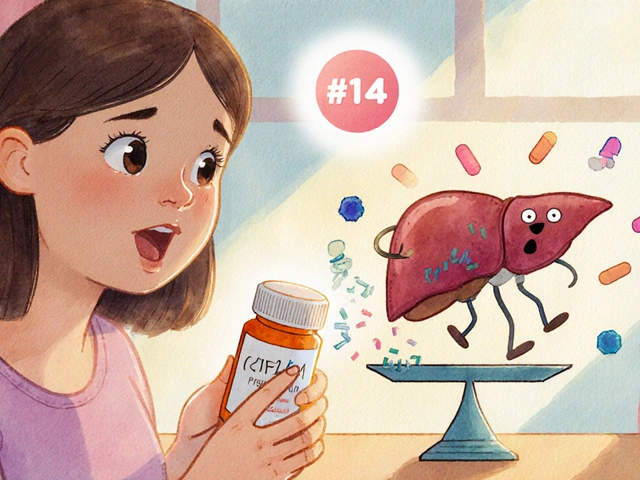 Rifampin and Birth Control: What You Need to Know About Contraceptive Failure Risks
Rifampin and Birth Control: What You Need to Know About Contraceptive Failure Risks
-
 Meniscus and ACL Injuries: Understanding Knee Pain and When Surgery Is Necessary
Meniscus and ACL Injuries: Understanding Knee Pain and When Surgery Is Necessary
-
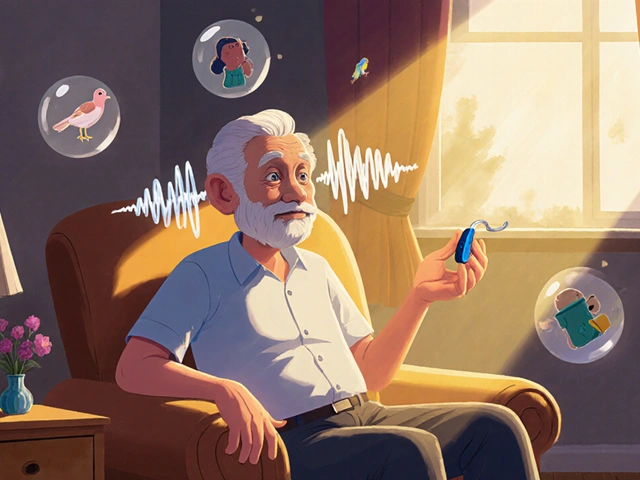 Age-Related Hearing Loss: Understanding Presbycusis and Effective Amplification Strategies
Age-Related Hearing Loss: Understanding Presbycusis and Effective Amplification Strategies
-
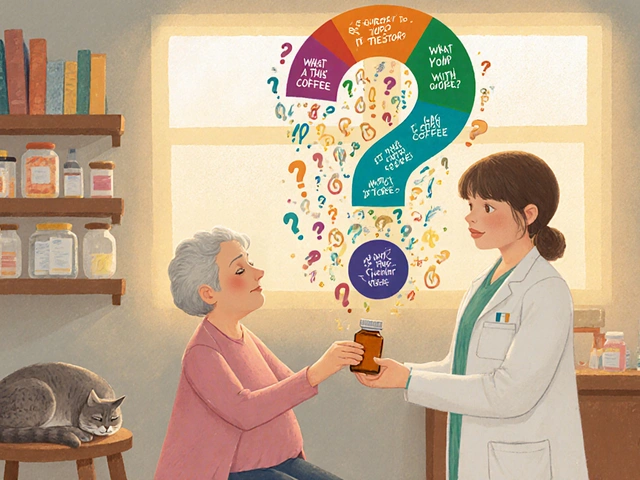 Questions to Ask Your Pharmacist About Prescription Medications
Questions to Ask Your Pharmacist About Prescription Medications
-
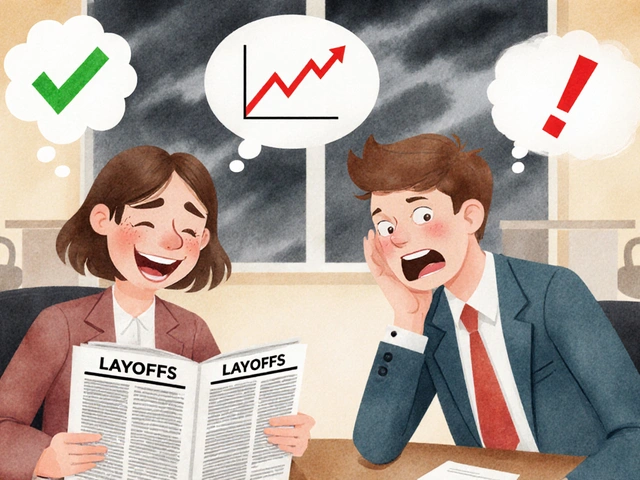 Cognitive Biases: How Your Beliefs Shape What You Say and Do
Cognitive Biases: How Your Beliefs Shape What You Say and Do
